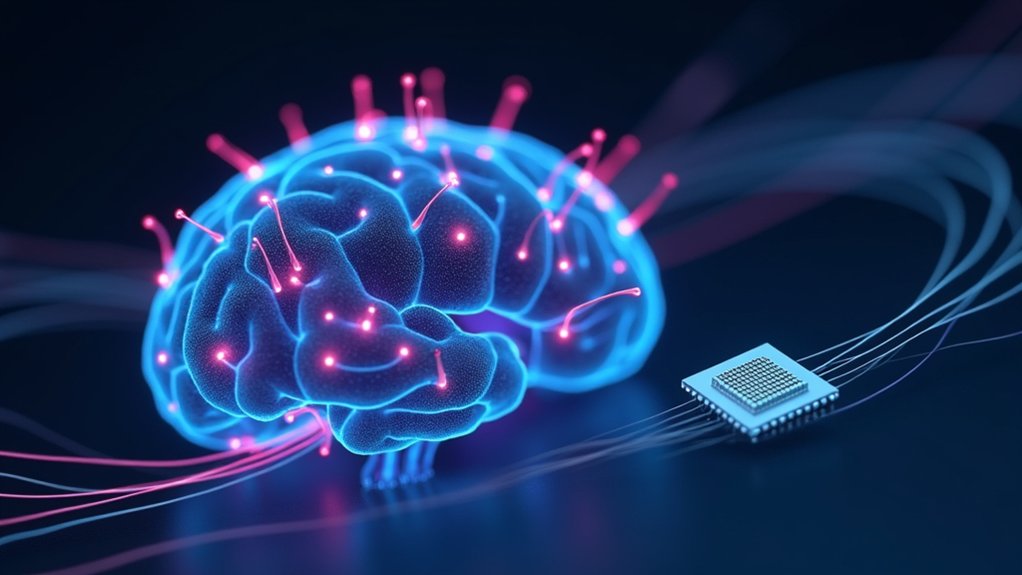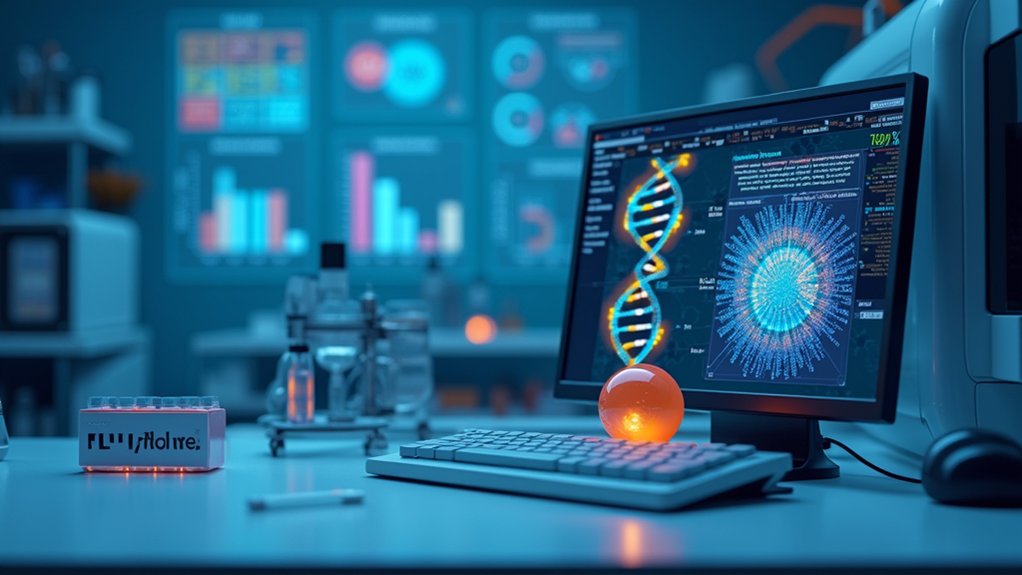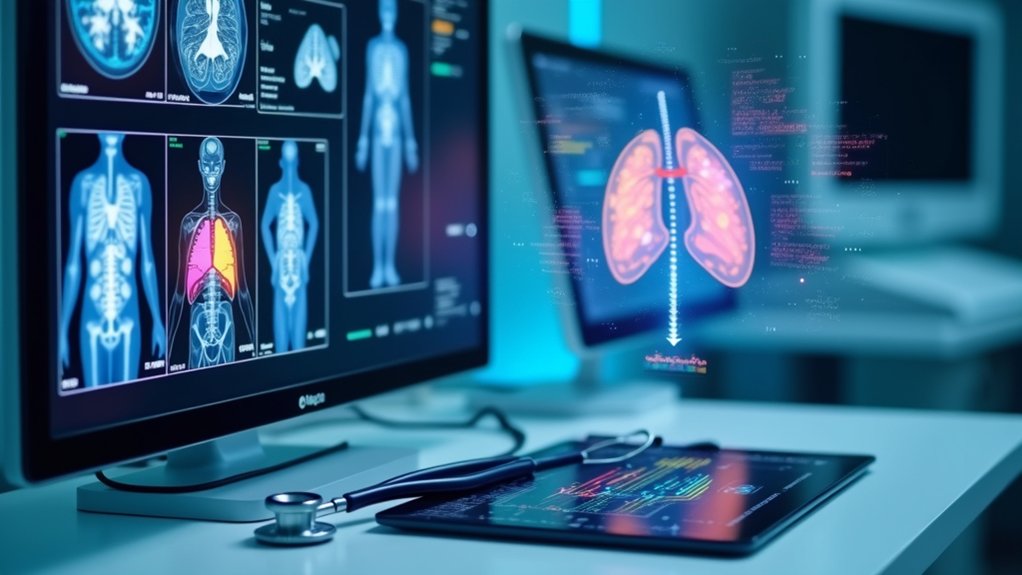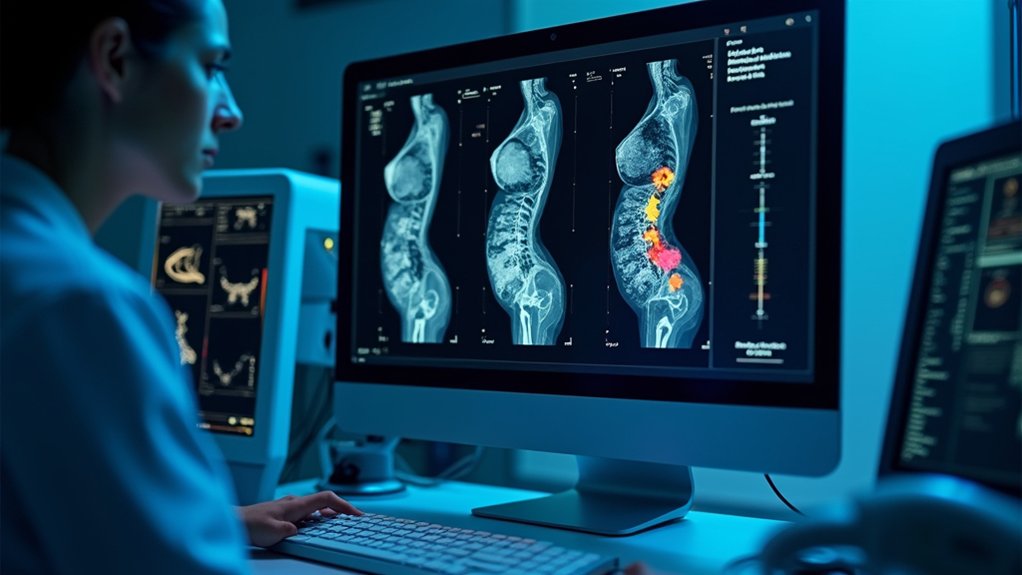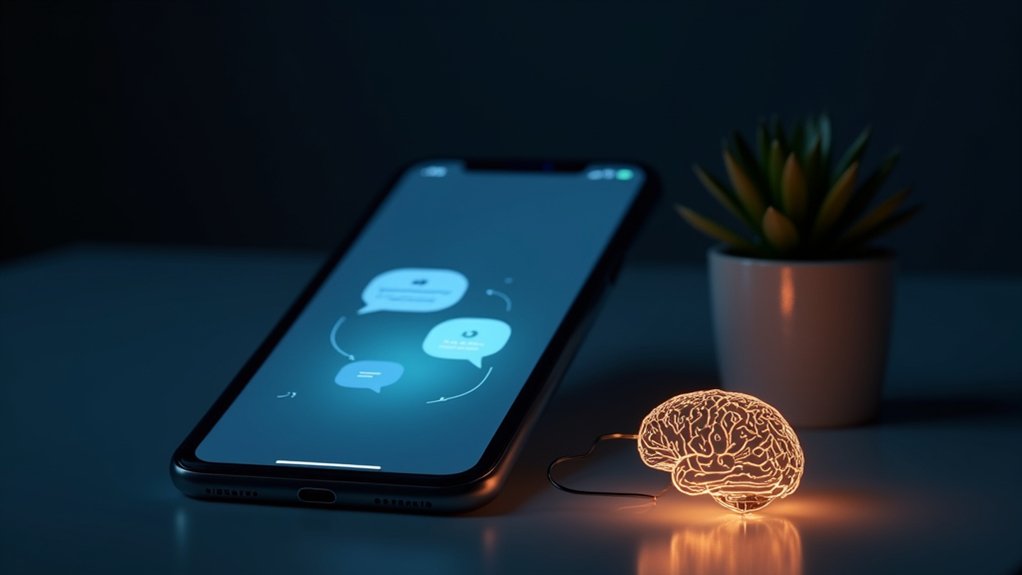In a bold leap forward, AI is cracking the code of neuron activity, using machine learning and artificial neural networks to mimic the brain’s own quirky architecture. These tools, like ANNs and deep neural networks, process brain data as if they’re playing copycat with our gray matter. Oh, sure, it’s impressive—CNNs handle multidimensional brain scans, such as EEG recordings, with the ease of a kid devouring candy. Researchers have developed BrainLLM, which integrates brain recordings with an LLM for generating natural language from fMRI data. AI’s ability to enhance diagnostic accuracy in other medical fields shows its potential far beyond just decoding brain signals.
Then there’s BrainLLM, slapping a “brain adapter” on fMRI data to chat with large language models. Talk about a tech party nobody invited us to.
BrainLLM slaps a brain adapter on fMRI data to chat with large language models. What a tech party we’re crashing!
But wait, AI’s not just showing off; it’s getting practical. Imagine this: decoding speech from brain signals, helping folks trapped in their own bodies. A semantic decoder turns imagined words into text—stroke victims, rejoice. Non-invasive stuff like Brain2Qwerty reads thoughts from outside the skull, translating them into typed language.
And researchers? They’re hustling to stream brain signals into real-time speech. Latency? Yeah, that’s the enemy here, but they’re nailing it down. It’s almost like AI’s saying, “Hold my beer,” while fixing what nature broke.
Now, enter brain-computer interfaces—BCIs—that let AI turbocharge control of prosthetics or robots. Bidirectional ones decode and encode signals in one go. Energy-efficient chips make these gadgets tiny and mighty. AI’s algorithms spot patterns we’d miss, turning neural chaos into commands.
Sarcastic side note: Great, robots controlled by thoughts—because what could go wrong?
In neuroscience, AI’s a game-changer, sifting through massive datasets to uncover hidden brain patterns. Tools like BrainGPT predict research outcomes with eerie accuracy, even spotting Alzheimer’s from scans. It extrapolates behaviors across species, humans included.
Techniques like EEG, MEG, and fMRI feed this beast, measuring activity without a scalpel. AI predicts cognitive disturbances, advancing our understanding of neural operations and potential therapeutic interventions. Emotional truth? It’s thrilling and a bit terrifying—AI’s peeking into our minds, one signal at a time. That’s progress, folks, raw and unfiltered.
